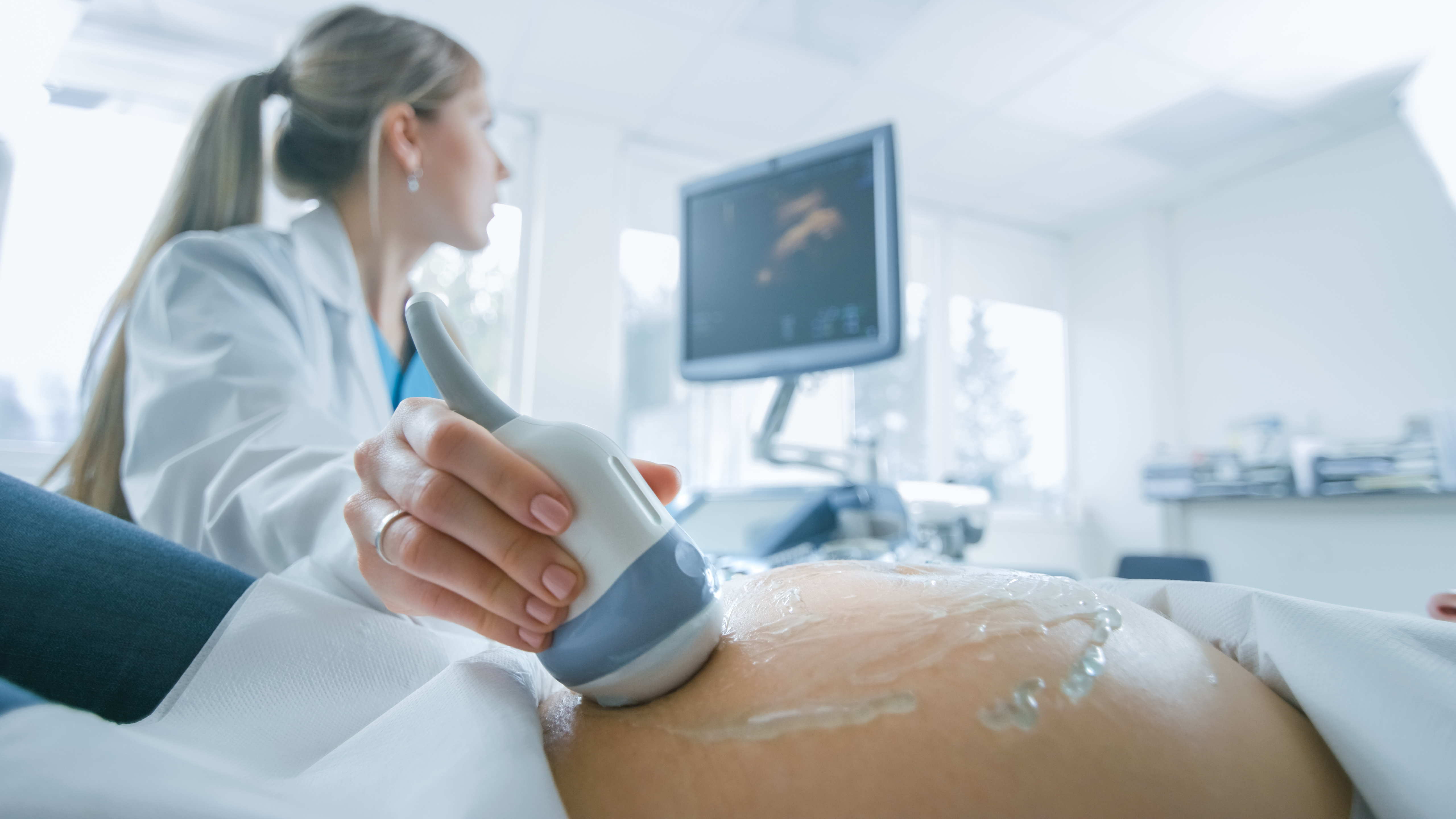Media release
From:
A lack of ultrasound equipment and training for rural clinicians is contributing to higher death rates and fetal abnormalities in remote regions of Australia.
The finding, from University of South Australia (UniSA) researchers, follows a national survey of rural clinicians that has identified “significant obstacles” in providing antenatal ultrasound services.
While a scarcity of ultrasound equipment and training are the major issues, costs of scans and travel, and limited awareness among pregnant rural women about the value of ultrasound are contributing factors to perinatal outcomes.
Maternal and perinatal death rates in these regions are double that of metropolitan and regional sites, with clinicians reporting that more than four times as many women in remote areas do not consider antenatal ultrasound necessary.
UniSA lecturer in medical radiation, Amber Bidner, 2022 SA Winnovation winner and co-author of a new UniSA report funded by The Hospital Research Foundation, says rural patients face complex socio-cultural, economic and environmental barriers when it comes to pregnancy services.
“Transport to medical appointments is a big issue in remote regions due to the geographic isolation,” Bidner says. “We need better, more flexible transport options for pregnant rural women, including covering the costs of someone to accompany them.”
Scan costs and Medicare rebates for antenatal imaging also need to be reviewed, the researchers say, and targeted ultrasound education campaigns delivered to pregnant women about the benefits of ultrasound in early pregnancy.
Obstetricians recommend at least one ultrasound scan in the first trimester to estimate gestational age, reduce post-term deliveries, detect multiple pregnancies and fetal abnormalities.
For women in major cities and large regional centres, this standard of care is readily accessible and resourced by skilled sonographers. This is not the case in rural areas.
“Rural clinicians face significant obstacles accessing training and opportunities to advance their clinical practice. Portable ultrasound machines and local training schemes are high priorities, alongside mentoring and accreditation of health professionals.
“Upskilling rural clinicians would help patients access essential antenatal ultrasound services in their communities, ensuring they meet critical health priorities as well as reduce unnecessary travel.”
The logistical challenges and limited workforce in remote regions could also see clinicians being trained online and telehealth options explored for ultrasound education.
“Advancements in telehealth and teleultrasound now make it possible for an experienced instructor to communicate from a distance via live video, audio and text message with the trainee/clinician, view the ultrasound monitor and images and even take control of the machines, all in real time,” Bidner says.
Augmented reality simulated technologies with similar capabilities are also emerging as viable tools for distance education and support.
“We need a coordinated approach to combat the inequities between metropolitan, rural and remote areas when it comes to meeting the needs of pregnant women,” Bidner says.
“Hopefully this report will inform future policies and practice regarding the delivery of antenatal ultrasound services and the training and continued professional development of healthcare clinicians in rural Australia.”
Notes for editors
“National needs analysis survey examining accessibility to antenatal ultrasound and training in rural Australia” is authored by Associate Professor Nayana Parange, Professor Eva Bezak and Amber Bidner from the University of South Australia.
Amber Bidner is a registered nurse, nuclear medicine scientist and Research Project Manager for UniSA’s Healthy Newborn Project (HNP). In October 2022 she won the SA Women in Innovation Award in the Rural, Regional and Remote category.



 Australia; SA
Australia; SA


